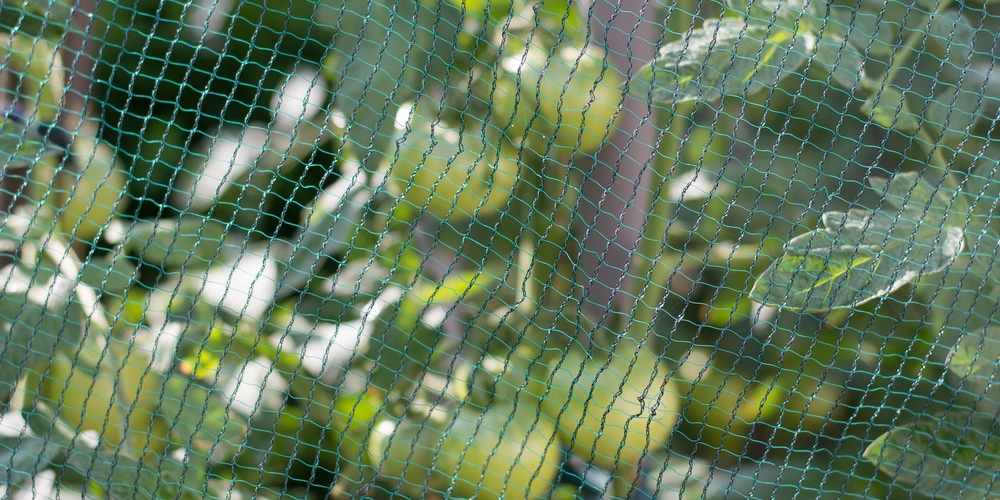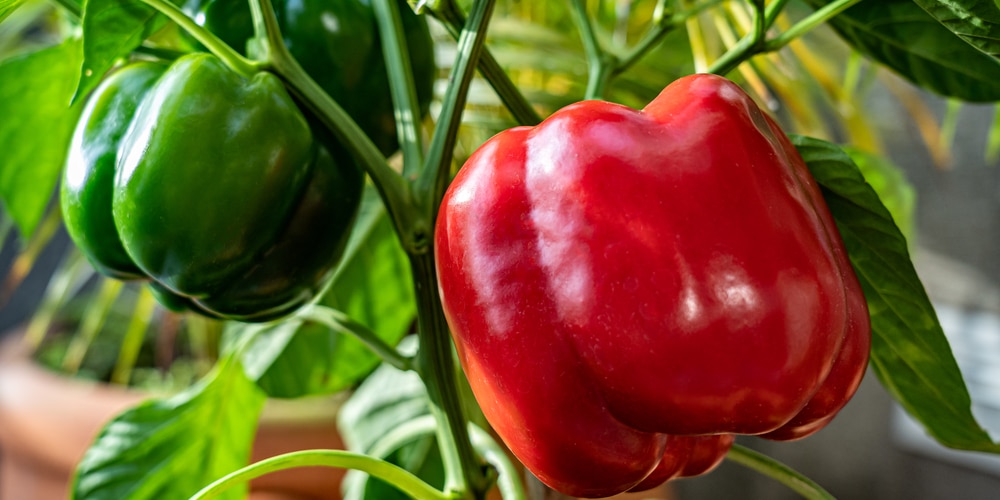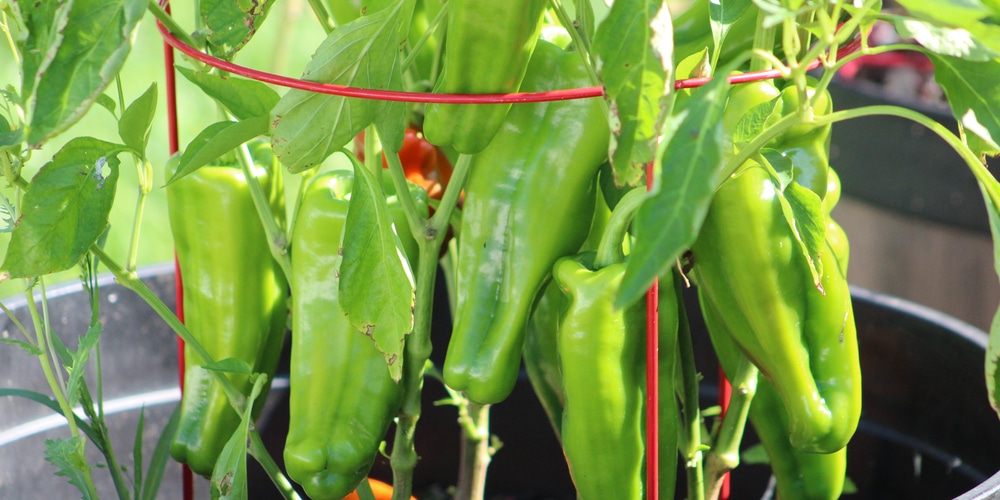Do bell peppers need a cage? You may have seen pepper plants for sale at the garden center with a circular wire frame around the stem. This is to provide support for the plant as it grows. But do bell peppers need this type of support?
The answer is that it depends. Some gardeners find that their pepper plants do not require any form of support, while others find that using a support system such as a circular wireframe helps to keep the plant upright and healthy. Let’s look at whether or not bell peppers need support.
What Is Staking/Caging
Staking and caging are two common methods of supporting tomato plants. Stakes are long, thin pieces of wood or metal that are driven into the ground next to the plant.
The plant is then tied to the stake using soft twine or strips of cloth. Cages are metal or plastic frames that are placed around the tomato plant. The plant grows through the cage, and the cage provides support.
Both staking and caging have advantages and disadvantages. Stakes are less expensive than cages, and they take up less space in the garden. However, stakes can be difficult to install, requiring regular maintenance.
Cages are more expensive than stakes, but they are easier to set up and last longer. Ultimately, the best method of support depends on the needs of the individual gardener.
Do Bell Peppers Need Support?
When it comes to bell peppers, the question of support is a controversial one. On the one hand, some gardeners argue that bell peppers need support to grow properly.
The reasoning goes that bell peppers are heavy fruits that can cause the plant to topple over as they mature. By providing support, you can help the plant stand upright and prevent the peppers from touching the ground, which can cause them to rot.
On the other hand, other gardeners argue that bell peppers do not need support. They point out that bell peppers are not particularly heavy fruits and that most plants can support their weight without any problem.
In addition, they argue that if the peppers do touch the ground, it is not generally a problem, as long as they are picked regularly. Ultimately, whether or not to provide support for bell peppers is a matter of personal preference.
What To Use As Stake/Cage For Bell Peppers
Bell peppers are a popular summer crop found in many home gardens. One of the key considerations when growing bell peppers is what type of stake or cage to use. A few different options are available, each with its benefits and drawbacks.
Wooden stakes are one option for supporting bell peppers. They are inexpensive and easy to find, but they can rot over time if exposed to too much moisture.
Metal cages are another popular option. They offer good support and drainage but can be more expensive than wooden stakes. Finally, plastic cages provide good support and durability but can retain heat, which may not be ideal for bell peppers.
Ultimately, the best stake or cage for bell peppers will depend on personal preference and the garden’s conditions. However, all three options listed above can be used successfully in most situations.
Bell Pepper Planting Tips
The bell pepper is a versatile and popular vegetable that can be enjoyed raw, cooked, or pickled. If you’re thinking of adding bell peppers to your garden, here are some tips to help you get started.
Bell peppers prefer warm weather and lots of sunshine, so choose a planting site that receives full sun for at least six hours per day. The soil should be rich and well-drained, with a pH between 6.0 and 7.0. Mix in some organic matter such as compost or peat moss before planting to improve drainage.
Bell peppers are typically started from seed, although you can also purchase transplants from your local nursery or garden center. Sow the seeds indoors about eight weeks before the last frost date in your area. Plant them in individual pots filled with sterile seed-starting mix, and keep the soil moist but not soggy. Once the seedlings have two or three true leaves, they can be transplanted outdoors.
Water bell pepper plants regularly, especially during dry periods. Apply a balanced fertilizer every two weeks when the plants are actively growing. To encourage bigger peppers, pinch off any flowers on the plants. Harvest bell peppers when they are fully grown but still firm to the touch. Cut them from the plant with a sharp knife, careful not to damage the stem.
Do bell peppers need a cage: Final Thoughts
Bell peppers are a delicious and nutritious addition to any garden. While there is some debate on whether or not they need support, most gardeners agree that it is a personal preference.
When choosing a stake or cage, consider the benefits and drawbacks of each option. With proper care, bell pepper plants will produce an abundance of fruit for you to enjoy all season long.
Related Article: Can Bell Peppers Survive Frost?


